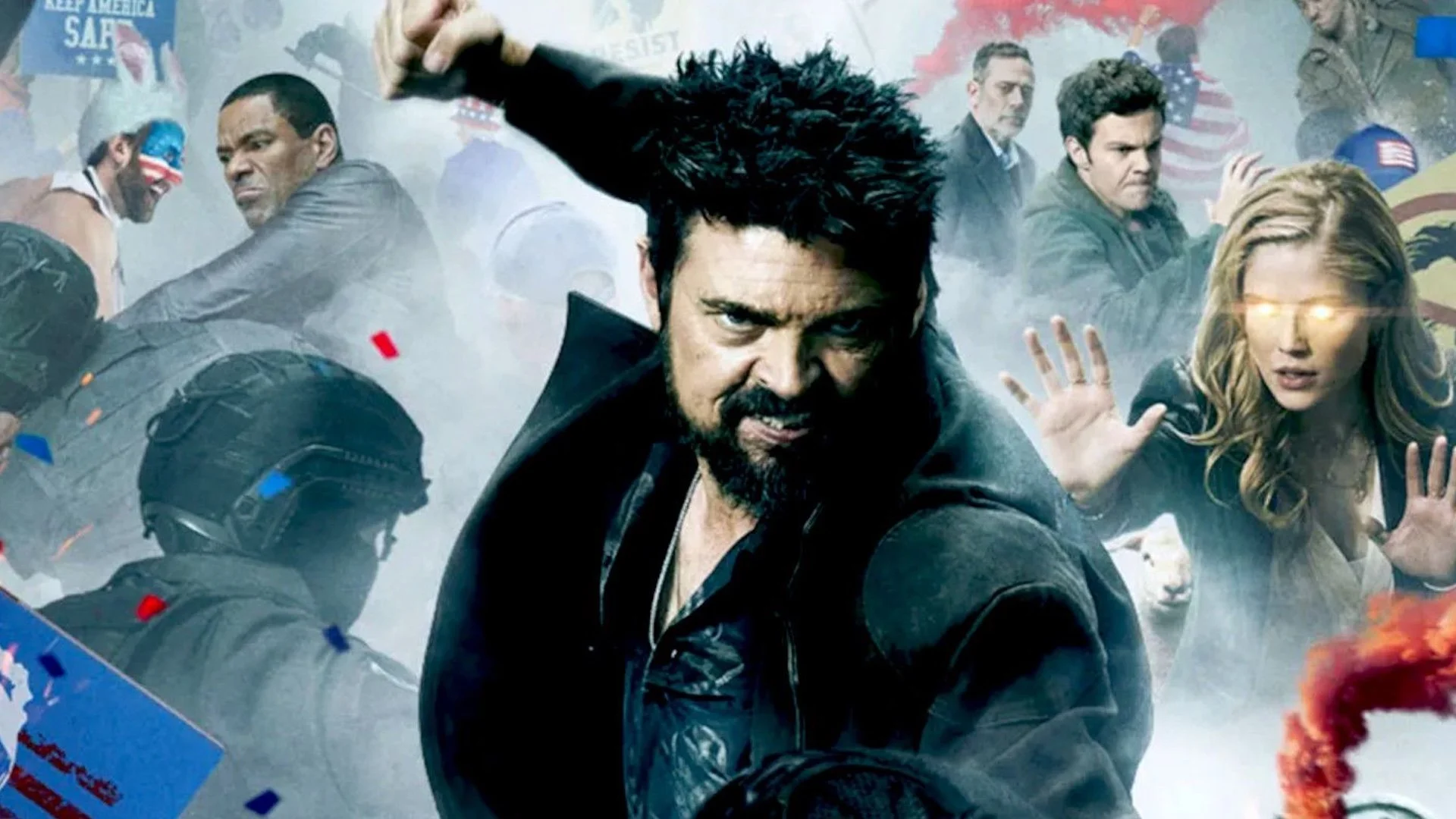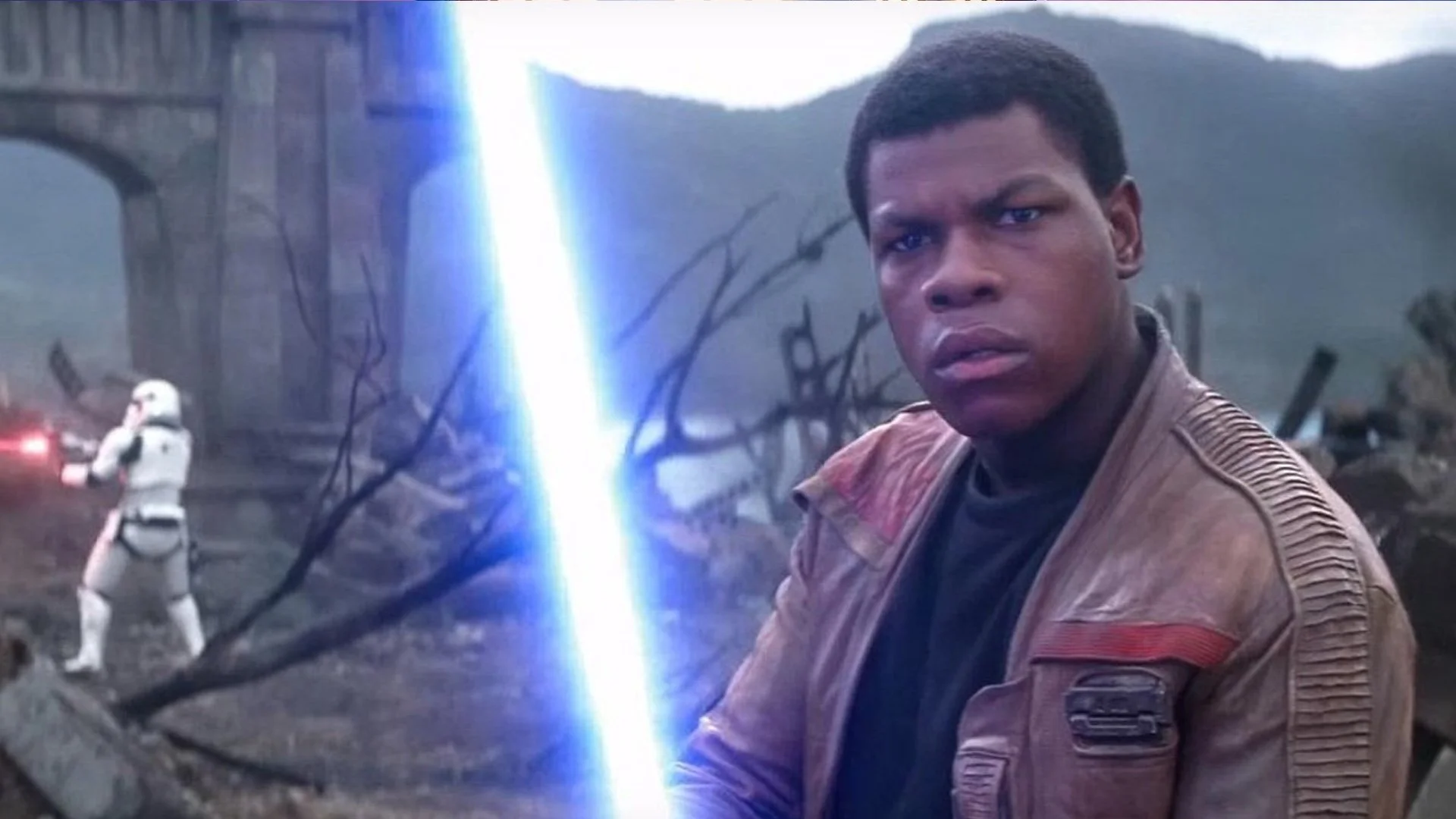
How often do you sit down to watch a movie and then find the experience frustrating? It happens a lot for me, especially with newer movies. Or it can be really hard to see what’s happening on the screen (remember that game of Thrones fiasco?) or it can be hard to understand what someone is saying or both! If you’ve been feeling this way, you’re definitely not alone. I was perusing YouTube recently and came across a couple of Vox videos that help explain what the heck is going on.
Please enable JavaScript
Mark Hamill and his Return of the Jedi helix lightsaber reunite in Pop Culture Quest Clip
First, we’ll talk about darker movies. In the video essay by Ed Vega, explore what has changed. One of the main reasons movies are getting darker is the way they are recorded. More and more movies are being shot digitally instead of physical film. This change has allowed for various changes in filmmaking such as not having to put a lot of light into scenes to make sure the film in the cameras can capture the scene. This means that extra darkness is what the filmmakers intend us to see. The video is much more detailed and is less than 7 minutes long, so I highly recommend watching it.
Next, we take a quick detour to discuss why this darkness really can be frustrating. In short, the answer is that no two screens are the same. Filmmakers use professional monitors that are calibrated to exactly meet their needs. Also, most of these filmmakers are probably working to make their films look their best in theaters that use fancy projectors and screens. They also have typical lighting environments. When you watch something at home, you probably don’t have a professional monitor, a perfectly calibrated TV, an exact lighting environment planned, etc. Movies aren’t typically designed to be watched at home and can’t account for every different TV; there are too many to be a reasonable expectation. However, you can adjust the settings on your TV and calibrate it using various tools and that may help. If you’re lucky and have a new TV, you may only have Filmmaker mode which you can use to bring your TV closer to how the director wants the movie to look. Here’s more from Phil Edwards by Vox.
Finally, let’s talk about audio in movies. I find a lot of dialogue in more modern films sounding muffled and hard to understand. It’s also much quieter than the action scenes. You turn up the speakers to hear the dialogue, but then you’re deafened by an explosion. Or you can’t hear the characters because of all the gunshots in an action scene. This is frustrating and has led many people to start turning on closed captions for all of their content just to know what’s going on. Vega also explored this aspect of the films and spoke with professional dialogue editor, Austin Olivia Kendrick. What we’ve learned is that advances in technology and microphones have basically led to this. Lav mics are easy to hide and typically allow for more natural sounding and feeling dialogue. However, this also means the actors don’t have to project as much. Also, the sound is mixed differently for a theater, with 128 tracks for Dolby Atmos. However, home theater systems aren’t designed for that many. Home setups usually have only two (stereo) to seven channels and sometimes with an additional sub-channel. This means that those 128 tracks have to be condensed into far fewer tracks. Basically, you can buy better speakers and hope they help, see if your speakers or TV have speech enhancement technology, or just leave the closed captions on.
by Tommy Williams
Source: Geek Tyrant
Lloyd Grunewald is an author at “The Fashion Vibes”. He is a talented writer who focuses on bringing the latest entertainment-related news to his readers. With a deep understanding of the entertainment industry and a passion for writing, Lloyd delivers engaging articles that keep his readers informed and entertained.




